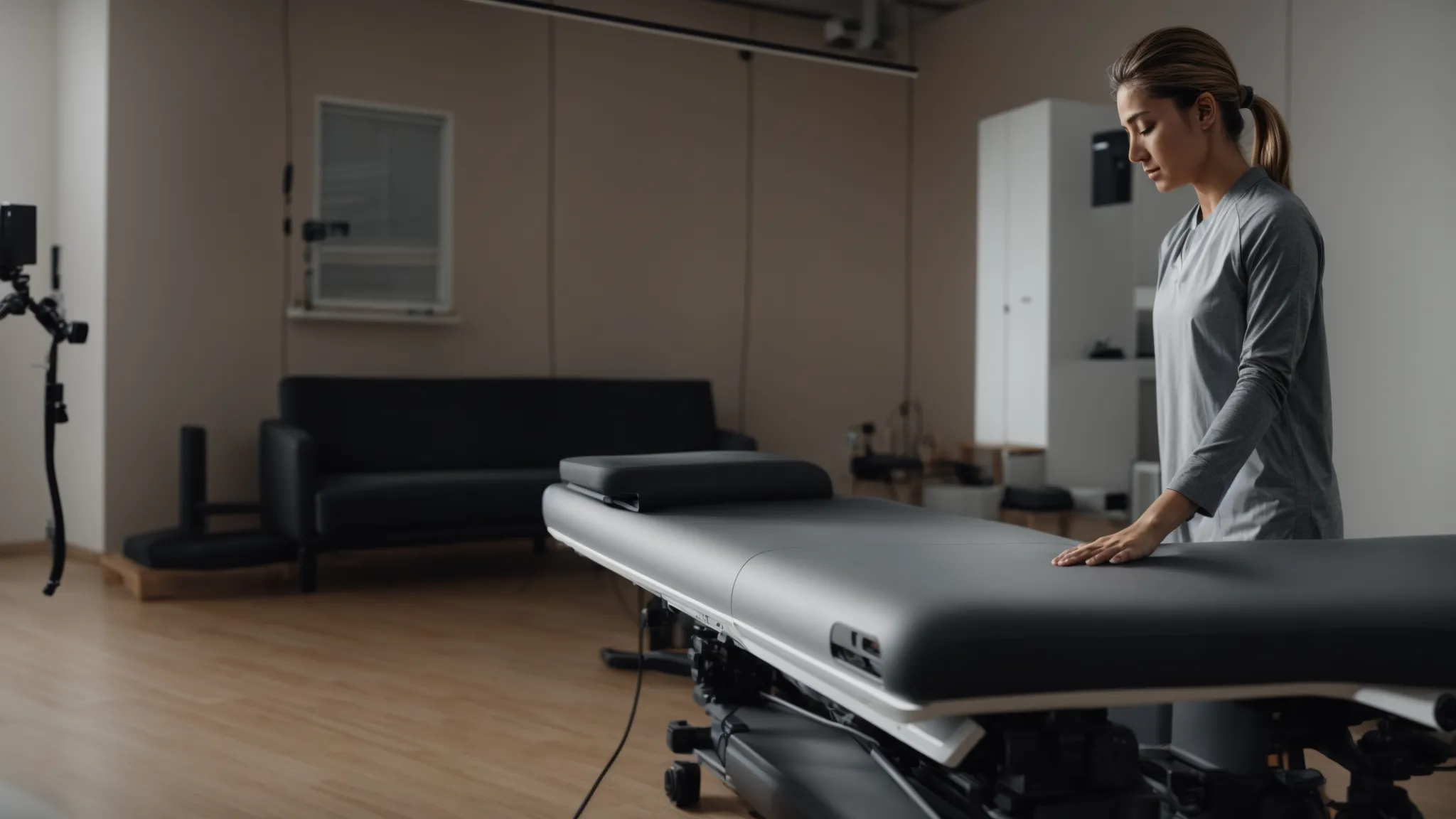From Injury to Recovery: The Essential Guide to Physiotherapy
Recovering from an injury can be a daunting journey filled with challenges and triumphs. Physiotherapy is a critical component of this process, bridging the gap between initial treatment and full recovery. The hands of a skilled physiotherapist can work wonders, guiding patients through tailored exercises, expertise, and reassurance. Understanding the multifaceted approach of physiotherapy to injury rehabilitation is vital for anyone looking to rebound from physical setbacks. Keep reading to dive into the world of physiotherapy and discover how it can facilitate a return to form and function.
Understanding Physiotherapy: Its Role in Injury Rehabilitation

At its core, physiotherapy is a healthcare profession dedicated to restoring, maintaining, and maximizing a person’s strength, function, movement, and overall well-being. The practice hinges on identifying the underlying factors contributing to an injury or disability and addressing these through a variety of therapeutic interventions. From manual therapy techniques to exercise programs and advice on movement, physiotherapy encompasses a broad spectrum of treatments aimed at accelerating recovery and improving quality of life.
Physiotherapists are skilled practitioners who assess and treat a myriad of conditions that affect the musculoskeletal, circulatory, respiratory, and nervous systems. Whether it’s a sports injury, chronic pain, post-operative rehabilitation, or stroke recovery, these professionals play an integral role in helping individuals regain optimal function. The personalized nature of physiotherapy ensures that each patient receives care specific to their unique needs and challenges.
Engaging with the best physio can make a significant difference in recovery times and outcomes. These professionals are trained to design rehabilitation programs that are evidence-based and grounded in scientific research, providing patients with the best opportunity to return to their pre-injury activities safely and effectively.
The Physiotherapy Process: From Assessment to Treatment
The physiotherapy process is a journey that commences with a detailed assessment, followed by the design and implementation of a treatment plan. The initial stages involve gathering a thorough medical history, understanding the patient’s symptoms and concerns, and performing a physical examination. A diagnosis is then formulated, which paves the way for setting realistic and achievable treatment goals.
Following the assessment, physiotherapists introduce a customized treatment plan. This may include manual therapies such as massage and joint mobilization, therapeutic exercises to improve strength and range of motion, and modalities like ultrasound or electrical stimulation to reduce pain and inflammation. Moreover, patient education is an integral part of the process, providing insights into the nature of the injury and how to manage it during daily activities.
The sessions evolve, with early treatments focusing on pain management and swelling reduction, eventually progressing towards restoring function and strength. Regular reassessments allow the physiotherapist to track improvements and challenges, making it possible to refine the approach as the patient moves forward. Communication between patient and therapist remains essential, ensuring the alignment of treatment with the individual’s goals and lifestyle.
The Role of Technology and Advanced Techniques in Modern Physiotherapy

The advent of technology has had a profound impact on the field of physiotherapy. Modern clinics are now equipped with advanced machines and devices that can enhance diagnostics, treatment accuracy, and outcome tracking. For instance, motion capture systems and wearable sensors provide physiotherapists with valuable data on a patient’s movement patterns, allowing for fine-tuning of rehabilitation exercises.
Technological advancements also extend to treatment modalities. Techniques like shockwave therapy, laser therapy, and virtual reality (VR) are becoming increasingly common in physiotherapy practices. These methods offer alternative ways to stimulate healing, manage pain, and provide interactive, engaging environments for patients to perform their exercises, which can boost motivation and adherence to treatment plans.
Techniques for Maintaining Progress and Preventing Future Injuries

Once patients reach the latter stages of their physiotherapy program or complete their supervised sessions altogether, the focus shifts to maintaining progress and preventing re-injury. At this juncture, therapists educate patients on self-management strategies that include regular exercise, posture correction, and body awareness to sustain improvements over the long term.
Strengthening and conditioning exercises continue to play a pivotal role post-rehabilitation. By incorporating a routine that promotes strength, flexibility, and endurance, individuals can bolster their resilience against future injuries. Physiotherapists often recommend a balanced workout regimen that encompasses both targeted exercises for vulnerable areas and overall body conditioning.
Overall, physiotherapy stands as a critical ally on the path from injury to full recovery, blending scientific knowledge with a compassionate approach to patient care. It equips individuals with the necessary tools, techniques, and understanding to not only heal from their ailments but also embark on a journey towards long-term health and injury prevention.




